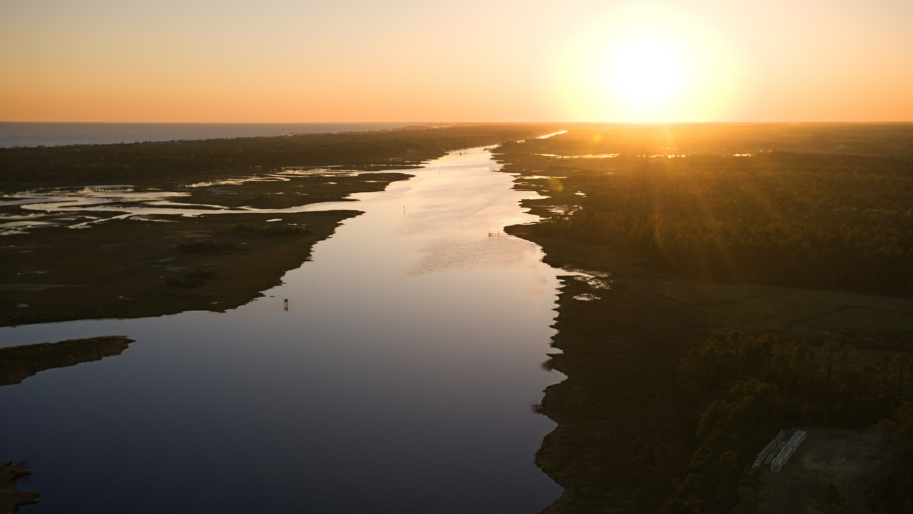AB 399 will protect and restore blue carbon ecosystems, such as coastal wetlands, in the coastal permitting process. It will authorize the California Coastal Commission to require a contribution to a blue carbon demonstration project with any coastal development permit that will impact coastal wetlands, subtidal, intertidal, or marine habitats.
Blue carbon refers to the carbon that is removed from the atmosphere through photosynthesizing plants in coastal and marine ecosystems, which is then buried in underwater biomass or sediment. Studies suggest that blue carbon ecosystems can sequester up to ten times more carbon and store up to five times more carbon than terrestrial forests. When buried, plants in blue carbon ecosystems decompose at a much slower rate than terrestrial ecosystems, resulting in the carbon they have sequestered being stored for thousands of years. However, land development and land use change can limit or even reverse marine ecosystems’ ability to sequester carbon.
Only 10 percent of California’s historic wetlands remain. Without the ability to scale up demonstration projects, the development of our coastlines will continue to degrade blue carbon ecosystems, turning them from a valuable carbon-storing resource into a carbon-emitting problem. AB 1992 will protect coastal wetlands as a natural climate solution.
Bill author

